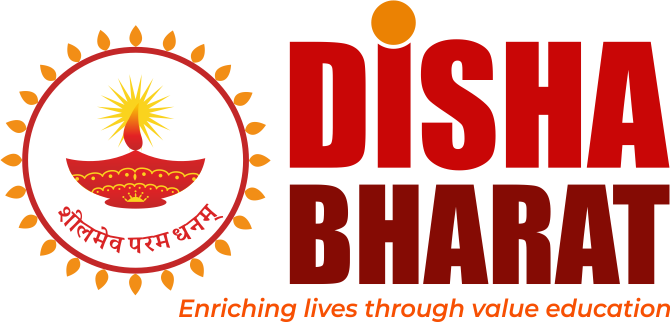 The term Padahastasana is a combination of the words pada (the Sanskrit word for ‘foot’), hasta (which means ‘hand’), and asana (meaning posture). Padahastasana strengthens the muscles of the limbs as well as the core and promotes good form which is why it is one of the most commonly recommended yoga postures for people who are interested in overall fitness and muscle flexibility.
The term Padahastasana is a combination of the words pada (the Sanskrit word for ‘foot’), hasta (which means ‘hand’), and asana (meaning posture). Padahastasana strengthens the muscles of the limbs as well as the core and promotes good form which is why it is one of the most commonly recommended yoga postures for people who are interested in overall fitness and muscle flexibility.
Technique:
- Stand in Tadasana [Feet together, Hands by the side of the body, Neck and Spine straight, Drop down the shoulders].
- Inhale – slowly lift both hands upto shoulder level.
- Further Inhale-lift both hands above the head, biceps touching the ears.
- Exhale-bend half of the body from the waist.
- Completely bend forward while exhaling further- place both palms by the side of foot without bending knees try to touch forehead to the knees and hold to the posture. Hold on to posture to count of 10 with normal breathing.
- Inhale-gently come back to the standing posture.
- Completely exhale-release both hands, come to tadasana and relax in sitila tadasana
Benefits and Limitations of the asana
Standard Benefits: Physical Level:
Strengthen legs, calf muscles, knees, thighs, shoulders, strengthen spine and spinal columns, activate function of abdominal organs
Standard Benefits: Mental Level:
Improves will power, confidence, concentration, intelligence, memory power etc.,
Specific benefits
Makes spine flexible, strengthens thighs, helps in preventing constipation and menstrual problems. Improves digestion, enhances blood flow to the head region.
Standard Limitations
People suffering hypertension and hypotension, any surgery, slip disc, ladies menses period, pregnant ladies should avoid the asana.
Specific Limitations
People with vertigo, severe hypertension, cervical spondylosis, cardiac problem and spinal problem avoid the posture.
